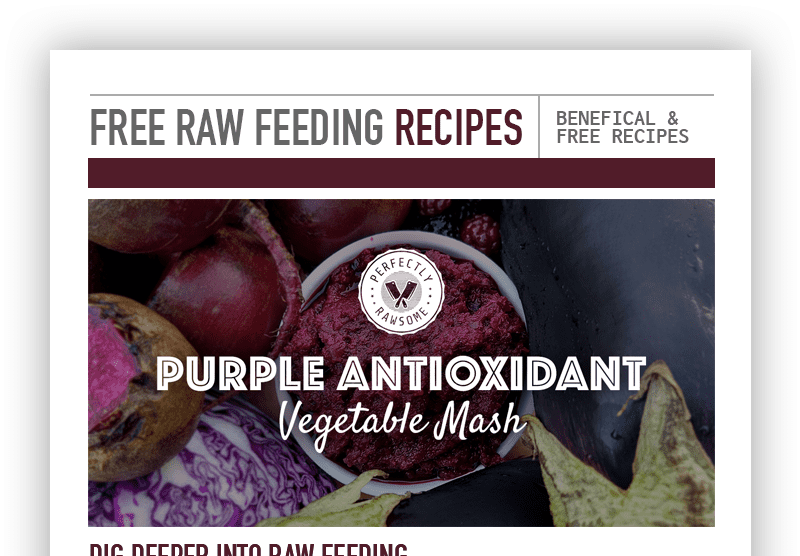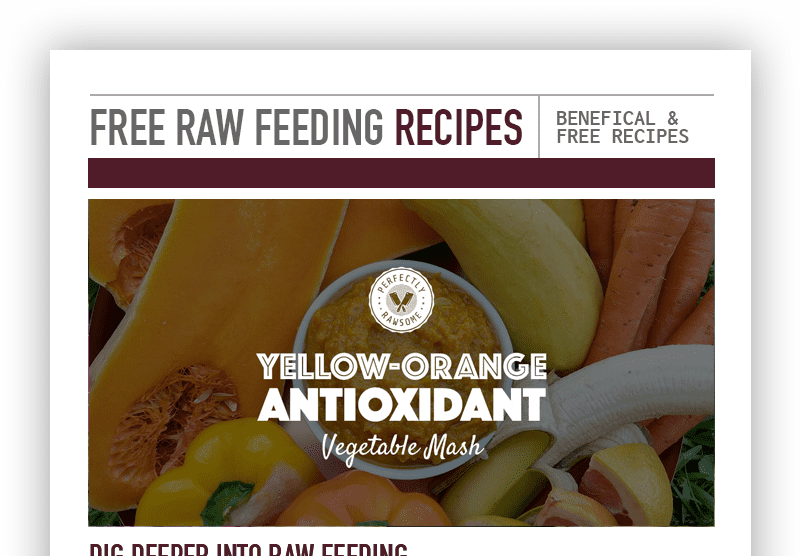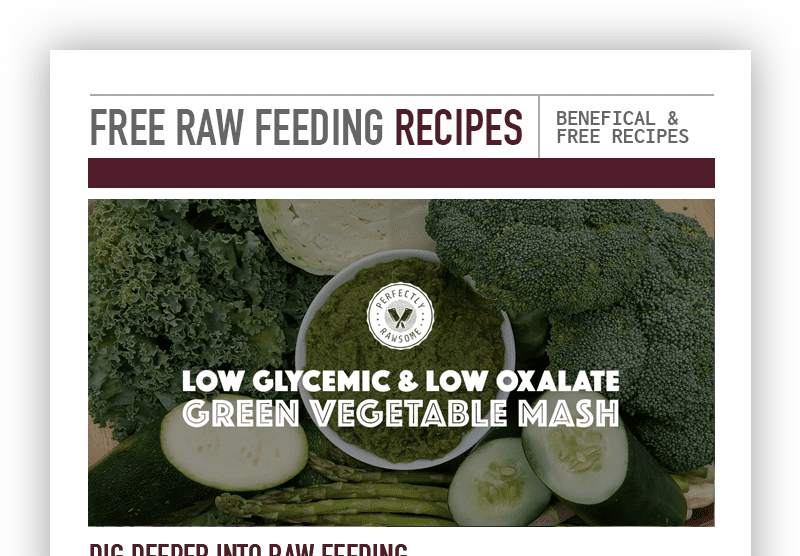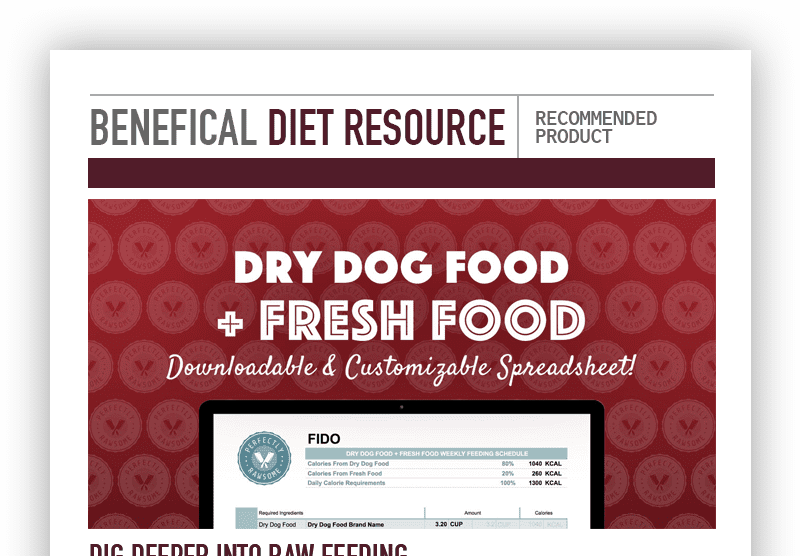Many pet parents wish to improve their pet’s diet, but lack the confidence to feed a fully raw diet or their lifestyle does not support it. Whatever the case may be, adding in small amounts of fresh food into a processed diet provides major nutritional benefits. Additionally, it can be easily accomplished with ingredients sourced from a local supermarket!
A home prepared raw diet requires time to source and prepare, which may not be feasible for some households. Storage and monthly expenses may become a concern for multi-dog homes, especially multiple large and giant breed dogs. In contrast, some pet parents are concerned with how their pet will respond to a full raw diet and therefore avoid feeding it all together.
These are valid reasons why a pet parent may choose not to feed a raw diet to their dog. However, when feeding a 100% raw diet is not feasible, fresh food can still be included in a processed diet in order to make improvements. These small adjustments provide major nutritional impact and can be accomplished in a few simple steps:
Calculate Fresh Food Additions
Determine how much fresh food to add to processed dog food.
Select Ideal Ingredients
Choose optimal ingredients with the most nutritional benefit.
Rotate Low-Calorie Meal Boosters
Include additional ingredients to boost nutrition without overdoing calories.
Create A Weekly Fresh Food Schedule
Following a weekly schedule helps reduce time and maintain consistency.
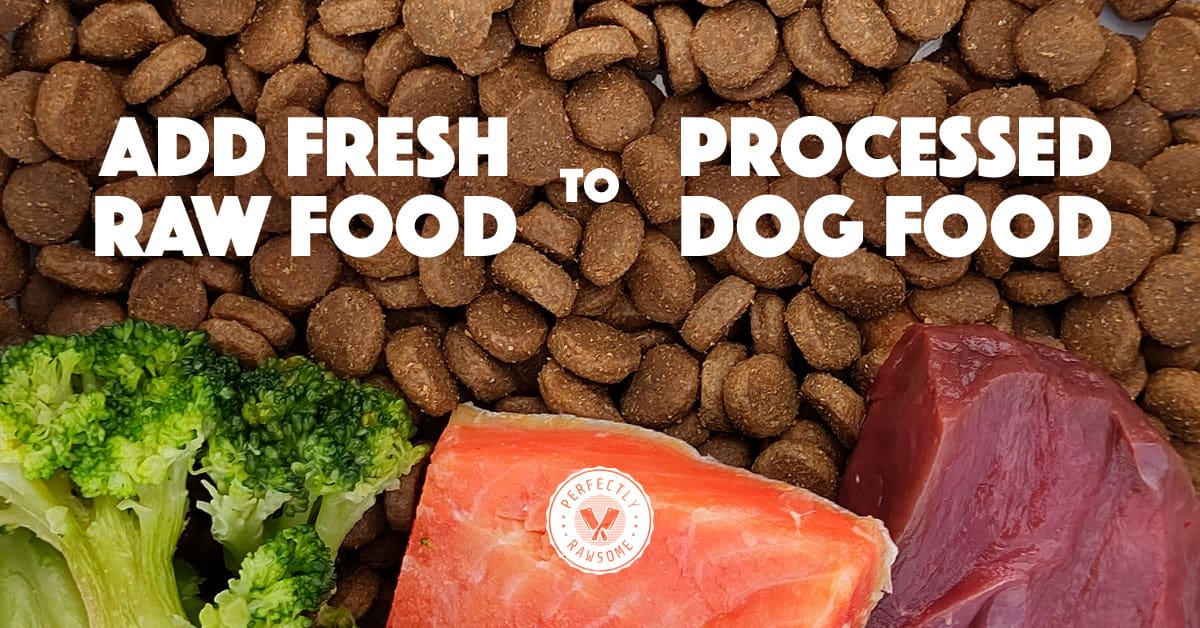
Calculate Fresh Food Additions
All foods provide calories and overfeeding calories will result in unwanted weight gain. Therefore, the first step to adding fresh food to processed dog food is to determine the amount of fresh food to feed, as well as how to reduce the amount of processed dog food to account for the new additions.
Reduce Processed Dog Food & Calculate Fresh Food Additions
For pet parents who do not want to worry about nutritionally balancing the fresh portion of the diet, the amount of fresh food should be kept to a small part of the overall diet. Unbalanced fresh food additions should not exceed 20% of the daily intake. If the portion of fresh food exceeds 20% of the overall diet long term, then the fresh food portion will need to be nutritionally balanced.
To begin, reduce the total amount of processed dog food by 20% to leave room for fresh food additions. It is important to remember that when feeding dry dog food, it lacks moisture while fresh food is high in moisture. Therefore, the amount of fresh food added to dry dog food should be doubled to account for the additional moisture.
For example, if 5 cups of dry dog food is fed daily – the dry dog food will need to be reduced to 4 cups to accommodate the addition of fresh food. Reducing the dry dog food by 1 cup equates to a 20% reduction. Roughly 2 cups of fresh food will be needed to replace it.
Select Ideal Ingredients
There are many fresh ingredients to select from to add into a processed diet. Certain ingredients outshine others in their nutritional profile however, which makes them ideal options to include in processed food diets.
Foods High in Lean Protein, Vitamins, & Minerals
These ingredients help improve the quality of amino acids within the meal. Organ meats and lean red meats are ideal options to choose.
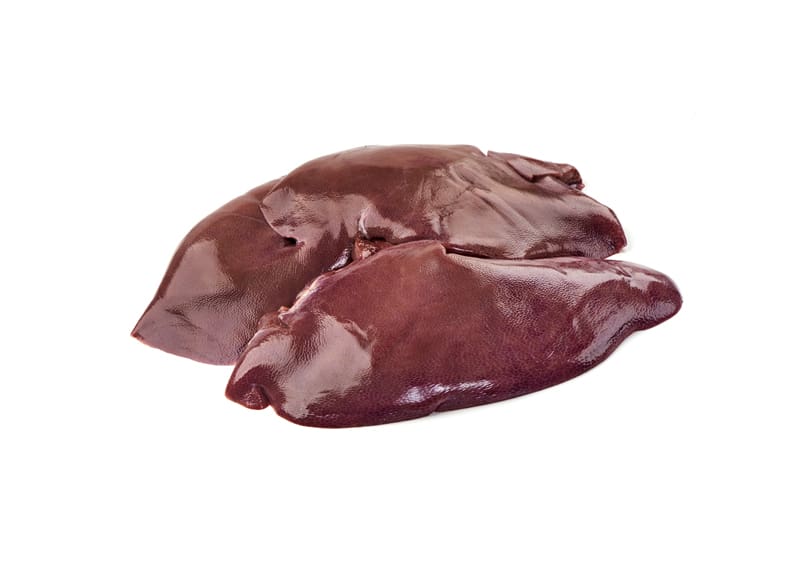
Beef Liver, raw
Adding liver to a processed diet is an excellent way to improve the diet’s nutrition since it is jam packed with many essential nutrients. Liver is high in quality amino acids, fat soluble vitamins, and minerals. While it is usually very affordable liver should only be fed in moderation due to the high concentration of vitamin A.
Beef liver is one of the best liver options in terms of it’s nutritional content and is typically sold in many supermarkets. Other commonly found liver protein options include chicken and pork liver.
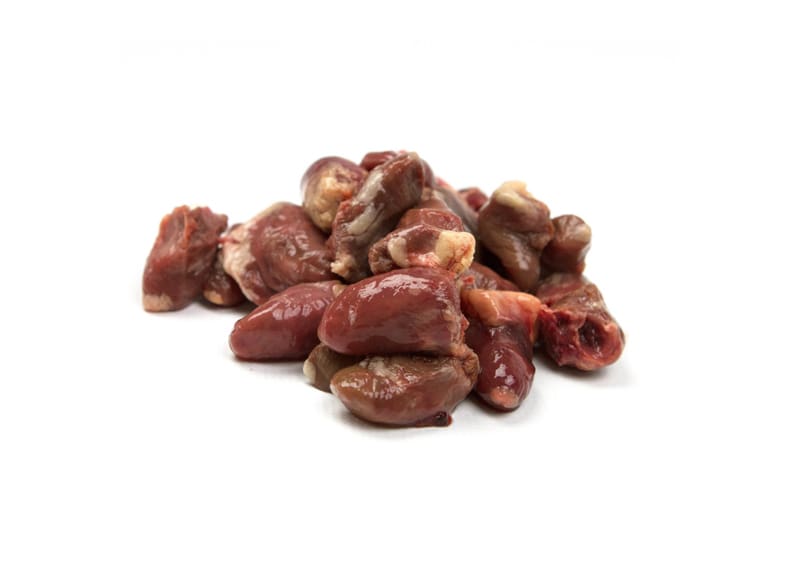
Chicken Heart, raw
Raw heart is another beneficial and commonly found ingredient that can be added to a dog’s processed diet. It is another source of high quality amino acids and other essential nutrients. Heart shines in it’s Taurine, CoQ10, and B vitamin content. It is an excellent way to provide heart health benefits through fresh food!
Chicken heart is one of the most common heart options found in supermarkets. Beef heart and pork heart are also commonly available. According to certain studies, beef heart provides the most CoQ10 while chicken heart provides the most Taurine. Therefore, it is ideal to rotate heart proteins when possible.
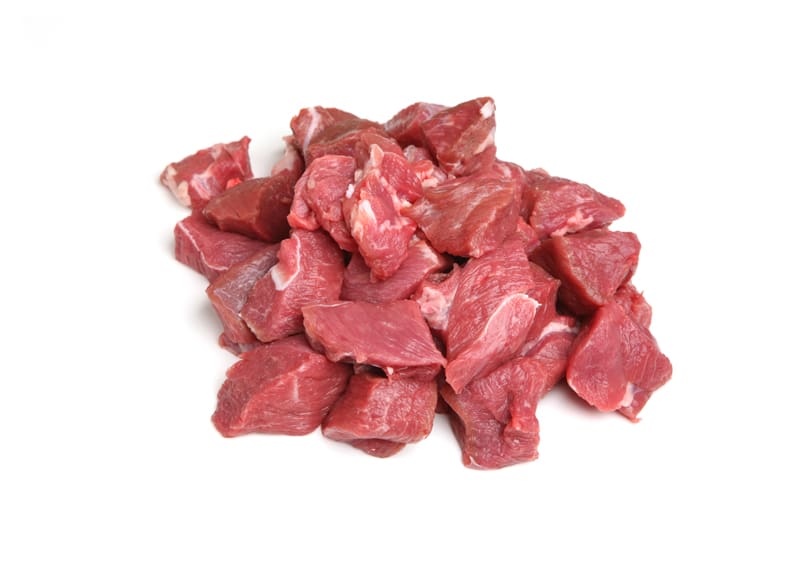
Beef Muscle Meat, boneless, lean, raw
One of the downfalls of processed food is that the quality of the protein degrades during the extrusion process. Therefore, the addition of boneless meat is an excellent way to increase the amount of fresh, high quality proteins and amino acids in the diet.
It is recommended to select lean cuts of red meat proteins such as beef or pork; however lean white muscle meat from chicken or turkey is also completely acceptable. From a budget standpoint, white meat is more affordable but red meat is more nutrient dense. It is recommended to rotate the type of boneless muscle meat when possible.
Ingredients High in Essential Fatty Acids
Foods high in fatty acids improve the fat quality within the meal – particularly the omega 3 fatty acids. Ingredients such as fatty fish, shellfish, and eggs are ideal options to choose. Since EPA/DHA is not considered an essential nutrient by AAFCO, seafoods which provide these fatty acids are highly encouraged to add to a processed food diet.
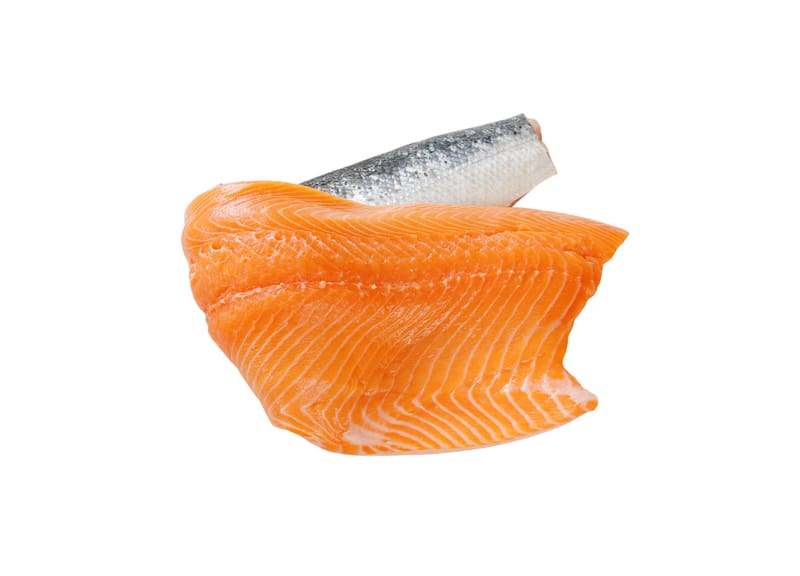
Salmon, raw
Fatty fish are an excellent way to improve the essential fatty acids within a processed diet. Omega 3 fatty acids (EPA and DHA) are highly concentrated in fatty fish, and certain fish are also high in vitamin D. In addition to this, the inclusion of fatty fish will also provide fresh protein and amino acids.
Salmon and Sardines are the most common fatty fish found in supermarkets; however Salmon does come with a higher price tag. Additional options include Mackerel and Herring. Canned fish in water is perfectly acceptable if sourcing raw fish is difficult or expensive.
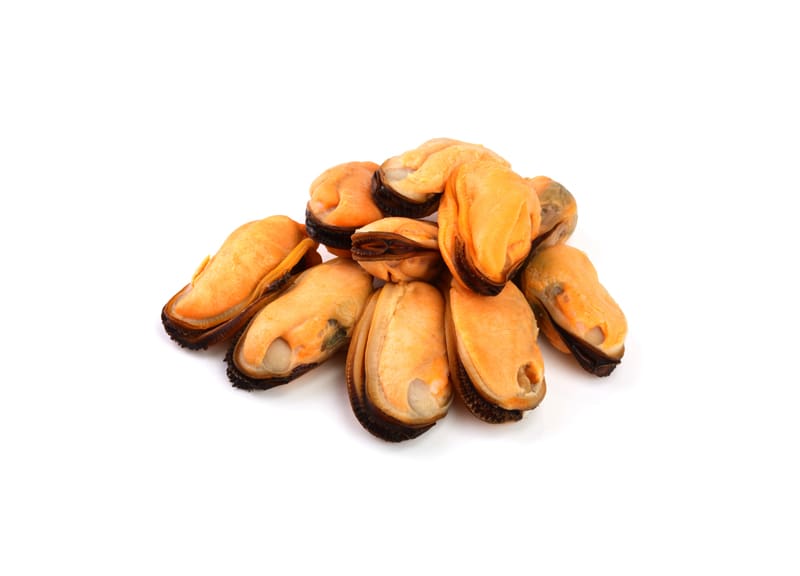
Blue or Black Mussels, cooked
Shellfish are additional ingredients that can be added to a processed diet to improve the fatty acids. There are several different types of shellfish that can be fed – Blue Mussels, Black Mussels, Green Lipped Mussels, and Oysters. While these ingredients do provide the essential fatty acids EPA and DHA, they truly shine due to their mineral content.
Blue and Black Mussels are high in the essential mineral manganese. Green Lipped Mussels are low in manganese but their unique fatty acid profile and chondroitin concentration makes them ideal for joint support. Oysters shine in their high zinc concentration. Due to the mineral content it is recommended to rotate shellfish options when possible. It is also important to feed all shellfish fully cooked to avoid the risk of toxoplasma gondii. Canned shellfish in water are great options since they’re already cooked.
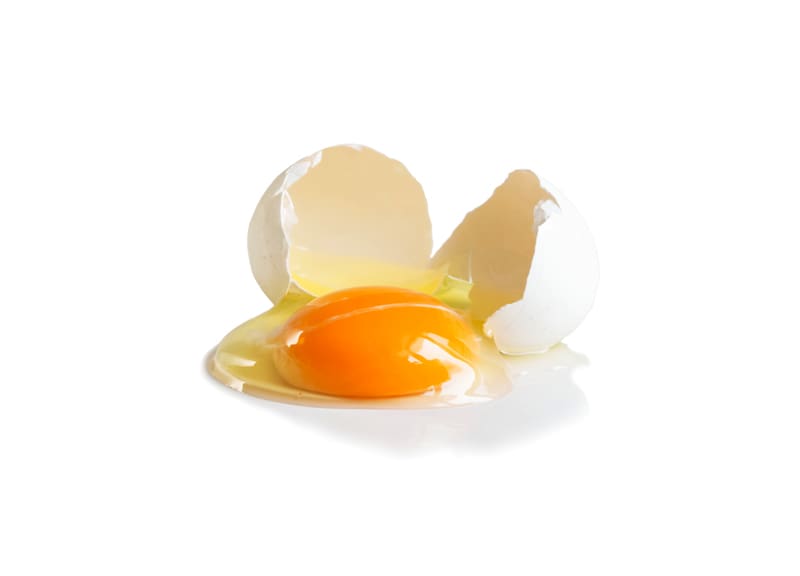
Chicken Egg, without shell
Eggs are another ingredient that can improve the fats and fatty acids in the diet. Additionally, eggs are another affordable way to improve the protein and amino acids in a processed diet!
There is a common misconception that eggs should not be fed raw due to causing a Biotin deficiency. However, eggs can be fed raw if the egg white and yolk are fed together. Raw egg whites contain a glycoprotein called avidin which will cause a Biotin deficiency if only raw egg whites are fed without the yolk. Feeding the raw egg white and yolk together eliminates this risk since the yolks are high in Biotin.
Alternatively, soft boiling eggs to fully cook the egg white while leaving the egg yolk soft is another recommended feeding method.
Rotate Low-Calorie Meal Boosters
There are additional ingredients that can be added to processed dog food that do not require any reduction of the processed food or other raw ingredients. This is because these foods are very low calorie and therefore will not cause an excess which results in weight gain. These low-calorie meal boosters are focused on increasing moisture, probiotics, and antioxidants.
Increase Moisture
Dry pet food lacks moisture content that pets should normally be receiving through their diet. This is why dogs on dry food drink a lot of water! One way to curb this issue is to include high moisture fresh ingredients within meals. It is recommended to add moisture to dry dog food on a daily basis.
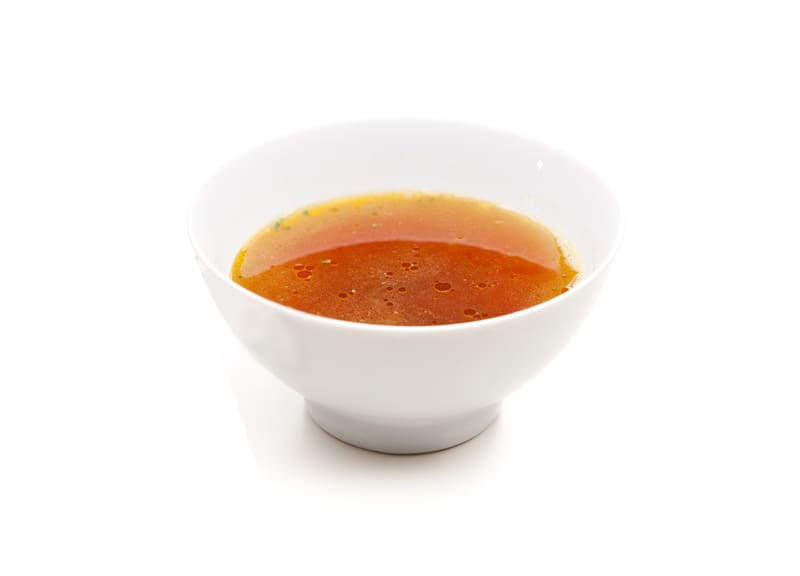
Bone Broth
Cooking a pet friendly bone broth to add into a processed diet is an excellent way to increase moisture without overloading calories. Bone broth provides collagen and minerals that are beneficial to gut health!
Bone broths purchased at supermarkets are not ideal because they are high in sodium and can contain ingredients that are not safe for dogs to consume (onions). Therefore, it is recommended to make bone broth at home or purchase a commercially prepared bone broth that is specifically made for dogs and cats.
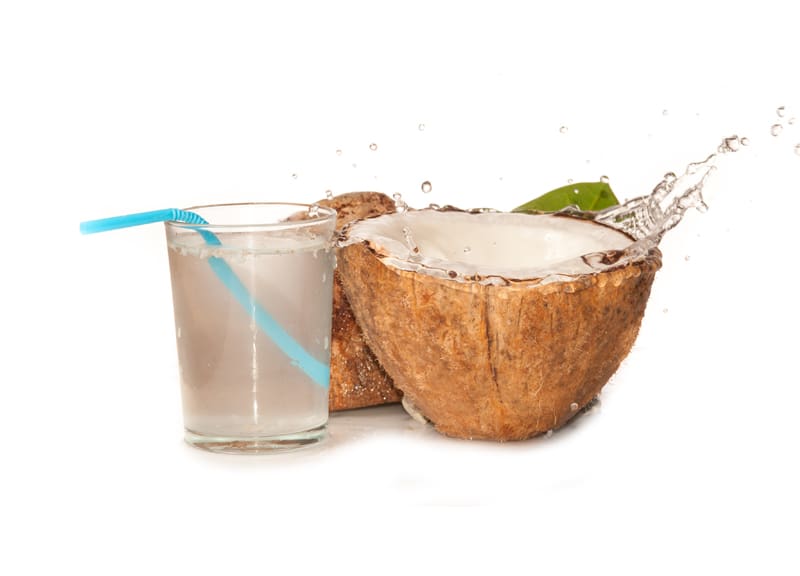
Coconut Water
Coconut water is another way to add a mineral and moisture rich ingredient into a processed diet without overdoing calories. Coconut water is an excellent method to improve hydration because of its moisture content and beneficial electrolytes which are ideal to prevent dehydration!
Supermarkets carry coconut water near the sports drinks. It is important to select an unflavored option.

Water, plain, filtered
Adding plain water to processed dog food is an additional way to increase moisture. While water does not provide any additional nutrients, it is still recommended to add into dry food when no other options are available.
Add Probiotics
60-70% of the immune system is located within the intestines. Therefore, providing beneficial probiotics that help promote healthy gut bacteria will ultimately support a healthy immune system. Most of these ingredients are low calorie and can be added directly into processed dog food without reducing food.
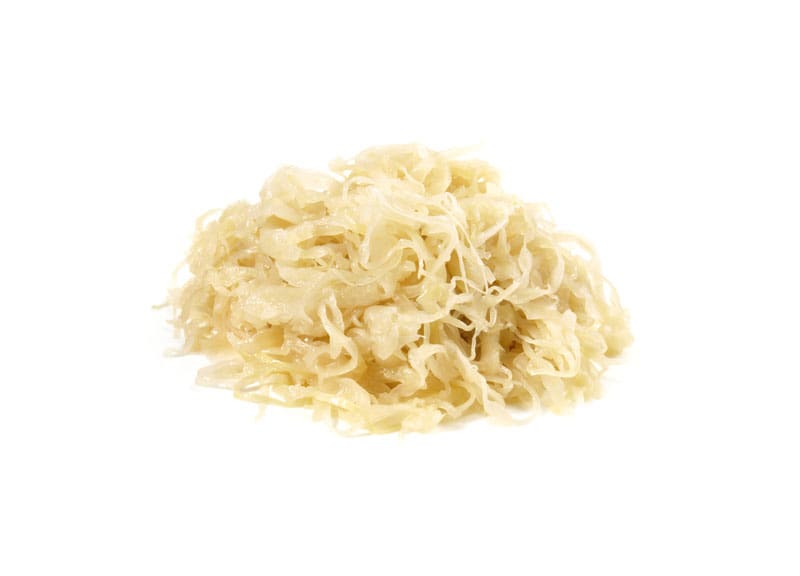
Sauerkraut, low sodium
Many different vegetables can be fermented. The most commonly known and commercially sold option is sauerkraut which is fermented cabbage. Fermented vegetables are a fresh and natural way to provide soil based probiotics into a processed diet.
Most fermented vegetables made for human consumption are high in sodium however it is best to select a low sodium option. Fermented vegetables are high in probiotics, so use sparingly – a little goes a long way.
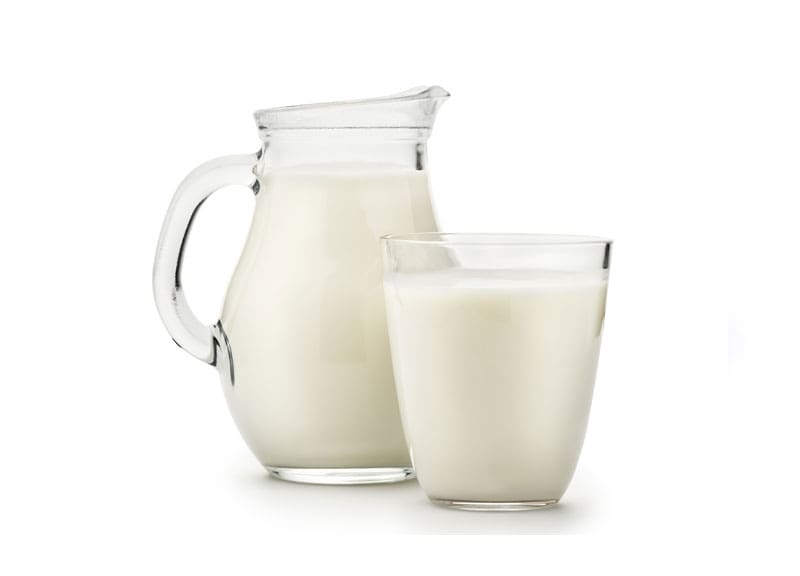
Milk Kefir
Fermented milk (kefir) is another way to provide probiotics into a processed diet. However, kefir provides dairy based probiotics which are different beneficial bacteria strains in comparison to fermented vegetables. In addition to providing dairy based probiotics, kefir also provides moisture, some amino acids, and fats.
Making kefir at home is easy and more affordable than purchasing ready made kefir. Kefir can be purchased from supermarkets but it is important to select an unflavored option. It is also important to use sparingly due to the high probiotic content – like fermented vegetables, a little goes a long way.
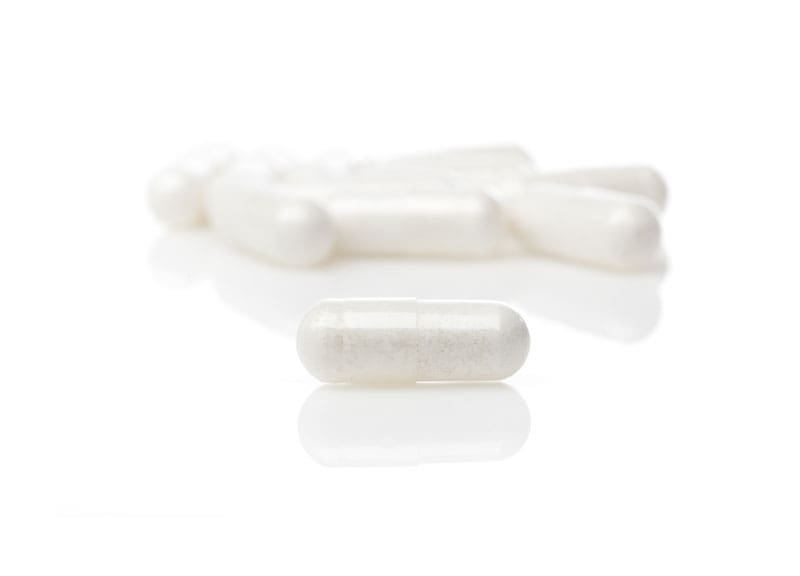
Probiotic Supplement
If fermented foods are not an option, using a probiotic supplement is the last option to include beneficial gut bacteria into a processed diet.
Include Antioxidants
Antioxidants fight against free radicals and help protect against disease. This makes them an excellent choice to add into a dog’s diet. Antioxidants are not found within animal products and are only found in highly pigmented vegetables and fruit. Most vegetables and fruit are low calorie and can be added directly into processed dog food without reducing the food.
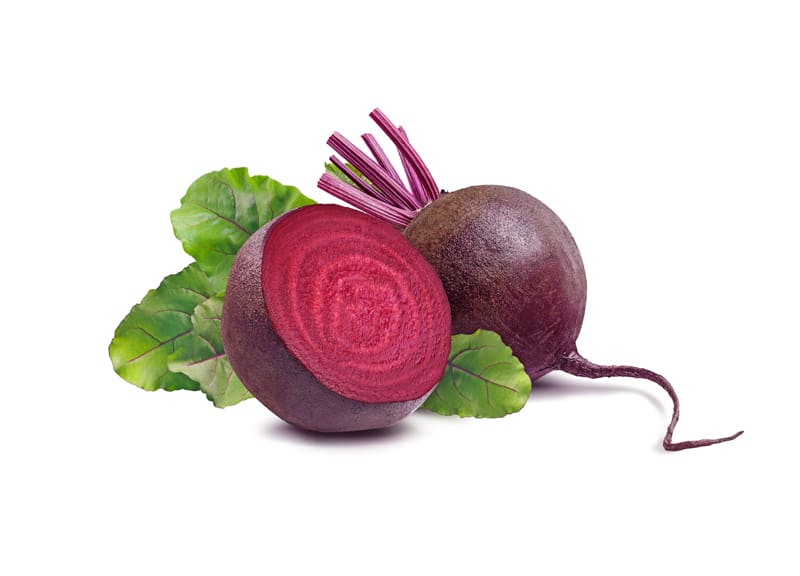
Purple Pigmented Vegetables & Fruit
Blue and purple pigmented vegetables and fruit are rich in antioxidants, including anthocyanins and resveratrol. They have been studied extensively for their anti-cancer and anti-aging properties. Anthocyanins act as a powerful antioxidant protecting cells from damage. Many red and pink vegetables are also rich in anthocyanins; but the darker the blue/purple hue, the higher the phytochemical concentration.
Options include beet root, red cabbage, eggplant (with skin), blackberries, and blueberries.
Free Purple Antioxidant Mash Recipe
Create a purple antioxidant mash to add to processed dog food. This recipe includes beetroot, red cabbage, eggplant, blackberries, and ginger spice.
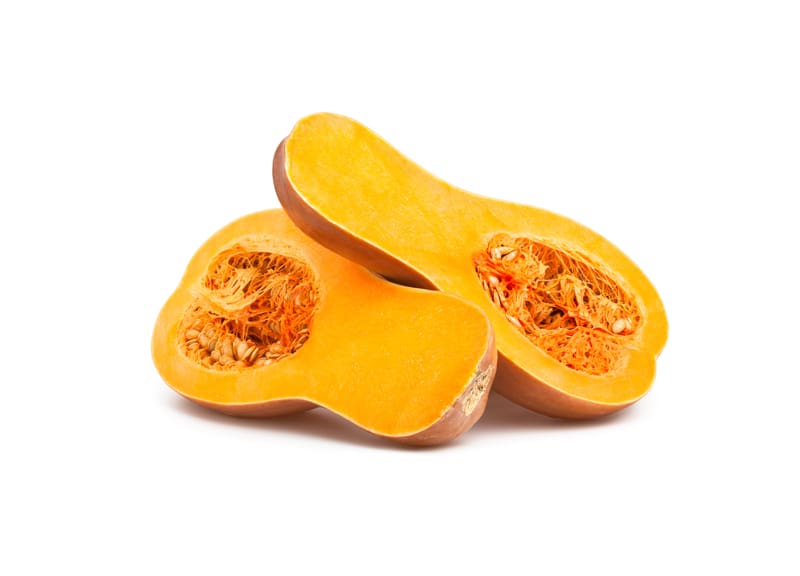
Yellow-Orange Pigmented Vegetables & Fruit
Beta-carotene is another widely studied carotenoid found in yellow and orange pigmented vegetables and is a precursor to Vitamin A. The body must convert Beta-carotene to the useable form of retinol. While dogs have a very low conversion rate and cats are unable to convert beta-carotene to retinol, they can still gain the antioxidant benefits provided by beta-carotene.
Produce options include carrots, sweet potato, winter squash, summer squash, yellow/orange sweet peppers, mango, papaya, banana, pineapple, and citrus.
Free Yellow-Orange Antioxidant Mash Recipe
Create a yellow-orange antioxidant mash to add to processed dog food. This recipe includes multiple yellow-orange vegetables and fruit in one blend!
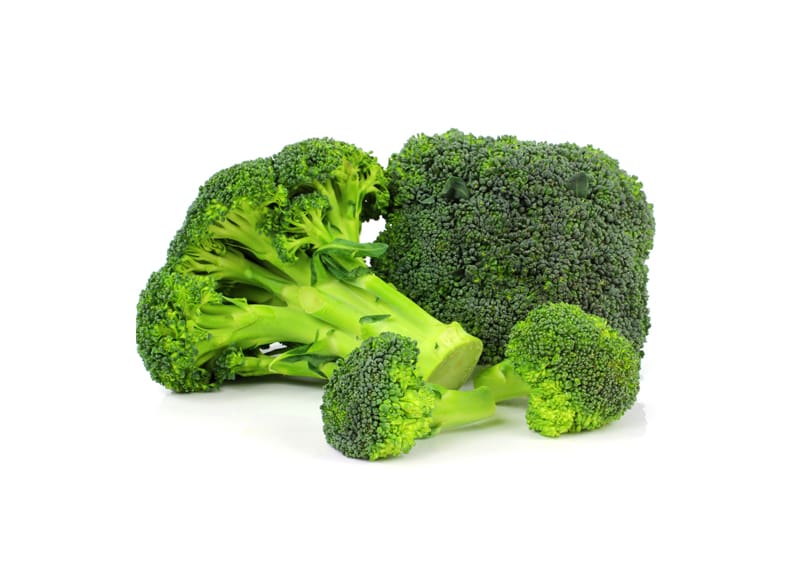
Green Pigmented Vegetables & Fruit
Green fruits and vegetables are rich in lutein, isothiocyanates, and isoflavones. Dark leafy greens such as kale contain over 50 phytonutrients, including kaempferol and quercetin. Kaempferol is an antioxidant shown to protect the body against cancer-promoting free radicals and quercetin is an antioxidant flavonoid also shown to protect the body against free radicals.
Produce options include kale, spinach, chard, asparagus, broccoli, snap beans, zucchini, avocado, bok choy, cucumber, honeydew melon, kiwi, and lime.
Free Green Antioxidant Mash Recipe
Create a green antioxidant mash to add to processed dog food. This recipe includes multiple green vegetables and fruits combined in one blend!
Create A Weekly Fresh Food Schedule
The next step is to create a weekly feeding schedule once the calculations are completed and the ingredients are selected. A predetermined feeding schedule helps reduce the amount of time spent preparing meals (this is exceptionally important for households who do not have much time to invest in diet changes). Additionally, a feeding schedule helps to identify how much fresh food is needed within a week in order to acquire enough at a local supermarket.
Fresh food can be added to processed dog food daily, every other day, or less if desired. It is recommended to rotate ingredients as frequently as possible to encourage the dog(s) to remain interested in the ingredients being fed (sometimes being fed the same thing every day gets boring!). Below are some examples of fresh food combinations that can be added to processed food:
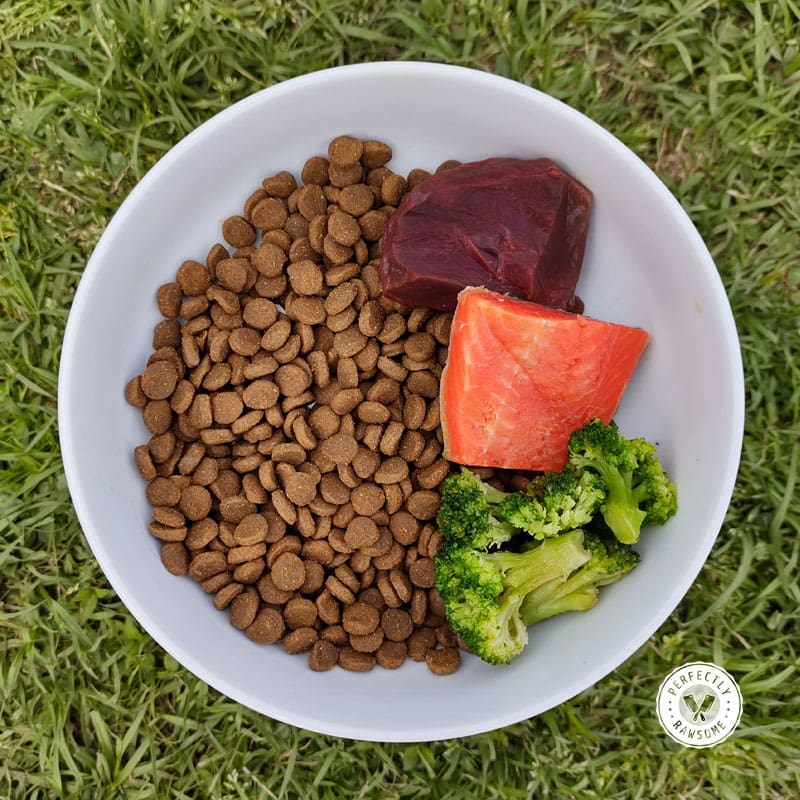
Example 1
Dry Dog Food
Liver
Fatty Fish
Green Vegetables
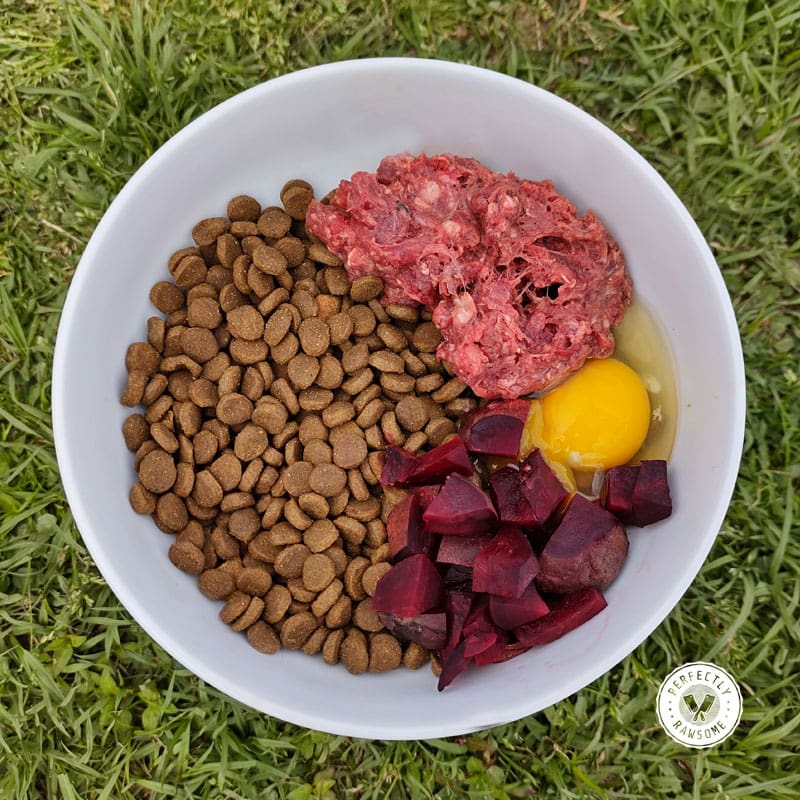
Example 2
Dry Dog Food
Lean Meat
Egg
Purple Vegetables
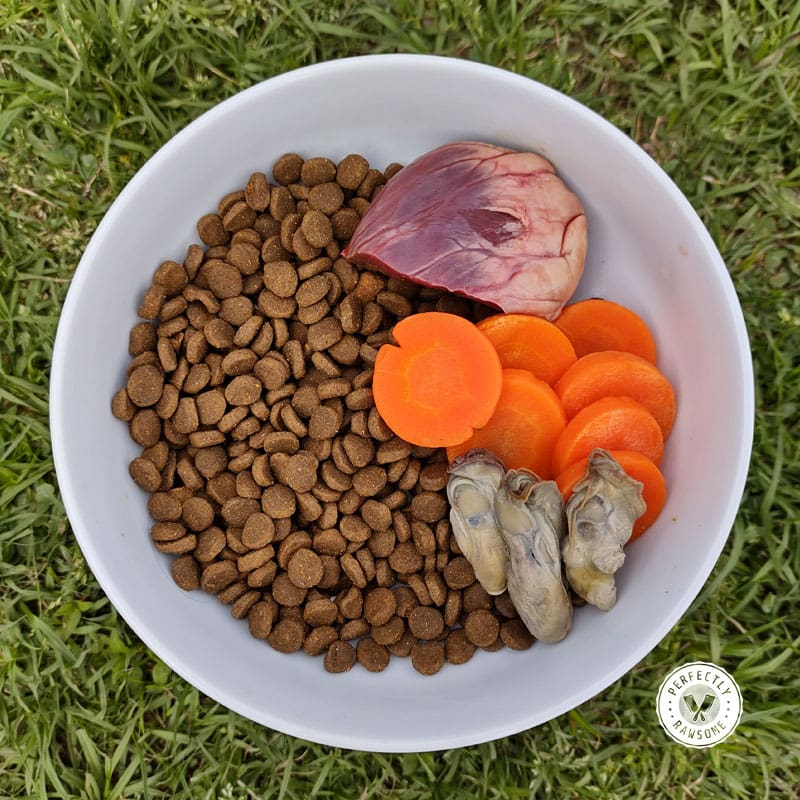
Example 3
Dry Dog Food
Heart
Shellfish
Orange Vegetables
A shopping list can be created once the daily calculations are completed, the ingredients selected, and the weekly schedule determined. Since these ingredients can be found at almost any local supermarket, they can be purchased while shopping for other household items.
Mixed Diets & Long-Term Feeding
Mixing fresh food with processed food is safe and can be fed long-term if the fresh food addition is balanced or does not exceed 20% of daily intake. The portion of fresh food must be balanced to nutritional standards if more than 20% of fresh food is added to a processed diet and fed long-term.
CLOSING COMMENTS
Pet parents are encouraged to include up to 20% fresh food in their dog’s processed food when feeding 100% raw is not feasible. The addition of fresh food to processed dog food helps improve the overall nutrition of the diet by:
Increasing Moisture
Adding Fresh Protein & High Quality Amino Acids
Improving Fatty Acids
Boosting Probiotics
Including Antioxidants
Adding fresh food to processed dog food can be accomplished daily or less frequently if desired. However, it is recommended to include a high moisture ingredient to dry dog food on a daily basis to increase fluid intake which ultimately decreases the dehydration effects of dry food.

